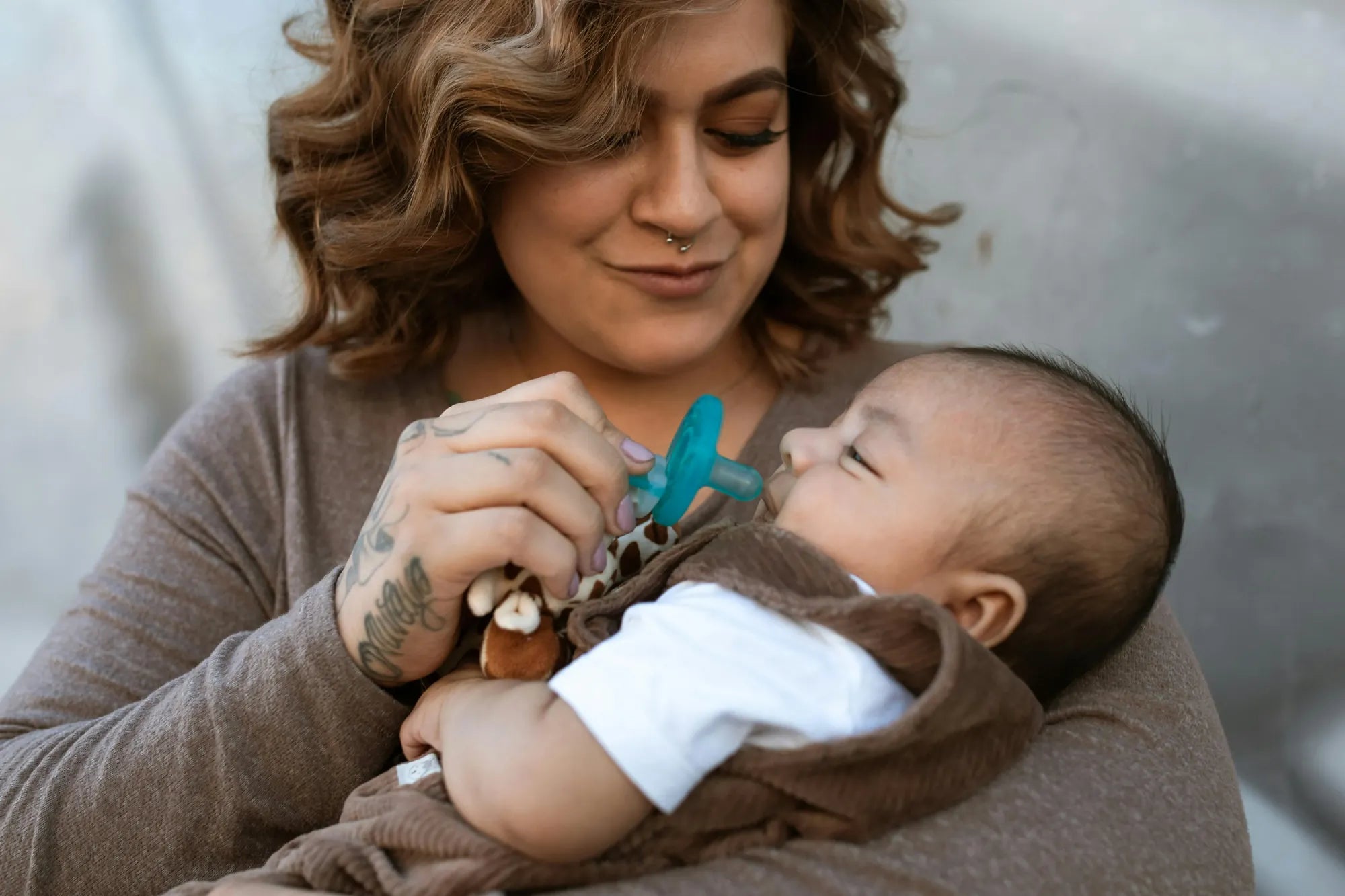Startseite
Pregnancy, Breastfeeding, and Pumping: The Ultimate Guide for Moms
Are My Breasts Empty After Pumping? Understanding Milk Production and Pumping

Are My Breasts Empty After Pumping? Understanding Milk Production and Pumping
Breastfeeding and pumping are essential parts of many mothers' journeys, but they often come with questions and uncertainties. One common concern is whether breasts are truly empty after pumping. Understanding how milk production works and the mechanics of pumping can help alleviate these worries and ensure a more comfortable and effective experience.
How Milk Production Works
Milk production is a continuous process driven by supply and demand. The more milk is removed from the breasts, the more the body produces. This process is regulated by hormones like prolactin and oxytocin. Prolactin stimulates milk production, while oxytocin triggers the let-down reflex, allowing milk to flow.
Breasts are never truly empty because milk is constantly being produced. Even after a pumping session, small amounts of milk remain in the ducts. This is normal and does not indicate an issue with milk supply or pumping efficiency.
The Mechanics of Pumping
Pumping mimics the action of a baby nursing, but it may not always feel the same. A breast pump uses suction to stimulate the let-down reflex and remove milk from the breasts. However, the effectiveness of pumping depends on factors like pump settings, flange size, and the mother's comfort level.
It's important to note that pumping may not remove as much milk as a baby would during a feeding session. Babies are often more efficient at emptying the breasts due to their natural sucking patterns. This is why some mothers may feel like their breasts are not completely empty after pumping.
Signs of Effective Pumping
While breasts are never fully empty, there are signs that indicate a successful pumping session. These include a feeling of relief or softness in the breasts, a steady flow of milk during pumping, and the ability to express a sufficient amount of milk for the baby's needs.
If you're unsure whether you're pumping effectively, consider consulting a lactation consultant. They can provide personalized advice and help troubleshoot any issues you may be experiencing.
Tips for Maximizing Pumping Efficiency
To ensure you're getting the most out of your pumping sessions, try the following tips:
- Use the correct flange size to ensure proper suction and comfort.
- Pump in a relaxed environment to encourage the let-down reflex.
- Massage your breasts before and during pumping to help release milk.
- Pump frequently to maintain milk supply and prevent engorgement.
- Stay hydrated and maintain a balanced diet to support milk production.
Common Misconceptions About Pumping
Many mothers believe that their breasts should feel completely empty after pumping, but this is a misconception. As mentioned earlier, milk production is ongoing, and some milk will always remain in the breasts. Feeling soft or less full is a better indicator of a successful session than complete emptiness.
Another misconception is that pumping less milk means a low supply. In reality, milk production varies throughout the day and can be influenced by factors like stress, fatigue, and hydration. It's normal for pumping output to fluctuate.
When to Seek Help
If you're consistently struggling to pump enough milk or experiencing pain during pumping, it may be time to seek professional help. A lactation consultant can assess your technique, provide guidance, and address any underlying issues that may be affecting your pumping experience.
Remember, every mother's journey is unique, and it's okay to ask for support when needed. Breastfeeding and pumping can be challenging, but with the right resources and information, you can navigate these challenges with confidence.
Understanding whether your breasts are empty after pumping is just one piece of the breastfeeding puzzle. By learning more about milk production, pumping mechanics, and effective techniques, you can feel more empowered and confident in your journey. Whether you're a new mom or an experienced one, knowledge is key to making the most of your breastfeeding and pumping experience.
Teilen

